Bodybuilding massage and fitness exercises require attention to massage intensity, exercise intensity, warm-up preparation, nutritional supplementation, and body reactions. Scientific and reasonable massage and exercise can help improve muscle condition and avoid sports injuries.
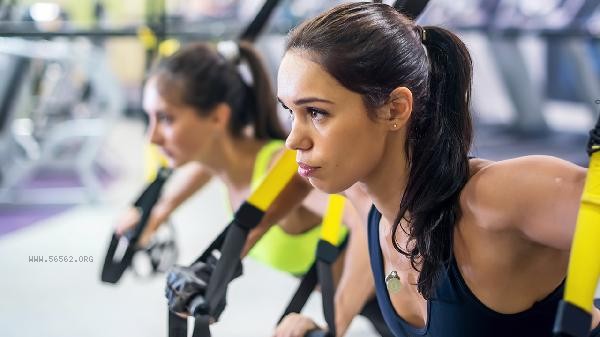
1. Massage Intensity
Fitness massage requires adjusting the technique intensity according to the muscle state. When muscles are tense, deep kneading techniques can be used to help relax, but avoid directly pressing on bones or joints. Massage after exercise should focus on soothing, using the palm root or fingertips to gently massage and prevent excessive force from causing capillary rupture. If the fascia knife or foam shaft is used as an aid, the tool contact area and sliding speed need to be controlled.
2. Exercise Intensity
Bodybuilding exercises should follow the principle of progressive loading. Beginners should start with self weight training, gradually increasing the weight of the equipment, and controlling the duration of a single training session within 60 minutes. Compound movements such as squats and hard pulls should ensure the standardization of the movements and avoid blindly pursuing heavy weights. Arrange 1-2 rest days per week to ensure sufficient recovery time for muscle groups. It is recommended to engage in low-intensity aerobic exercise to promote lactate metabolism after high-intensity training.
III. Warm up Preparation
Before exercising, it is necessary to complete 10-15 minutes of dynamic warm-up, including shoulder joint circling, high leg lifting and other movements to increase core temperature. Special activation is performed on the muscle groups trained on the day, such as elastic band chest expansion exercises before chest training. During the warm-up phase, the heart rate should reach 50% -60% of the maximum heart rate, and the muscles should be slightly warm without stiffness. During winter or morning exercises, the warm-up time should be extended to 20 minutes.
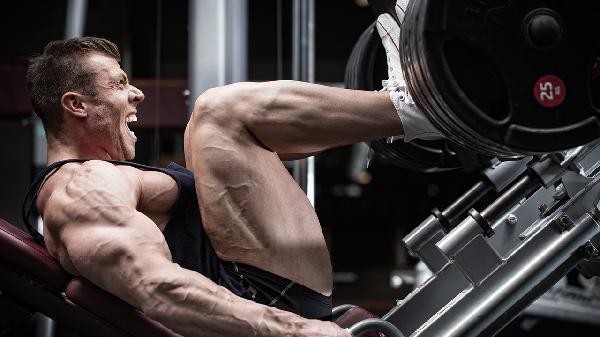
4. Nutritional Supplement
Protein and carbohydrates should be supplemented within 30 minutes after exercise. It is recommended to choose whey protein powder combined with fast carbon foods such as bananas. The daily protein intake is calculated at 1.5-2 grams per kilogram of body weight, supplemented with 5-6 meals. Avoid high-fat diet 2 hours before training and supplement BCAA branched chain amino acids in moderation. Pay attention to supplementing electrolyte drinks to maintain water sodium balance, and drink no more than 800 milliliters of water per hour.
5. Physical reactions
Stop immediately if there is joint popping or stinging sensation during training. Delayed onset muscle soreness usually subsides within 48 hours. If it persists for more than 72 hours, medical attention should be sought to investigate the possibility of a strain. Monitor the resting heart rate in the morning, and if it increases by more than 10 beats per minute compared to usual, it indicates overtraining. Regularly measure body fat percentage and muscle mass, and adjust training plans based on the data. During bodybuilding, it is recommended to ensure 7-8 hours of high-quality sleep per day and avoid vigorous exercise 2 hours before bedtime. After training, the alternating cold and hot compress method can be used to relieve muscle fatigue. First, use an ice pack to cool for 15 minutes and then heat for 10 minutes. Add anti-inflammatory foods such as broccoli and salmon to your diet, and reduce intake of refined sugars. It is recommended to undergo a physical fitness assessment every 3 months and adjust the training plan according to the guidance of a professional coach. When experiencing persistent symptoms such as dizziness and chest tightness, it is necessary to seek medical attention and examination in a timely manner.


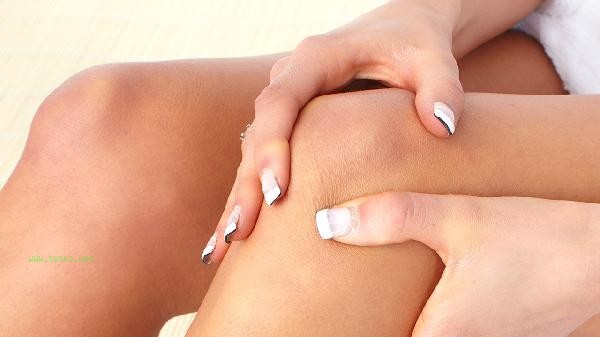
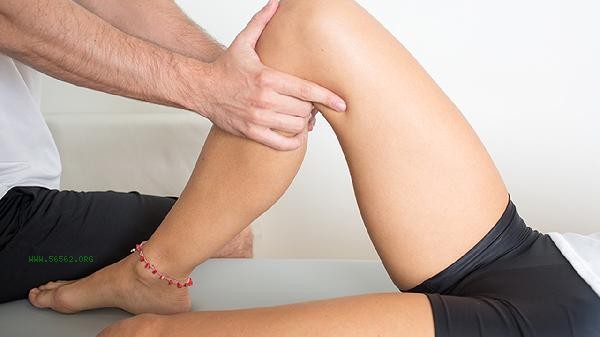
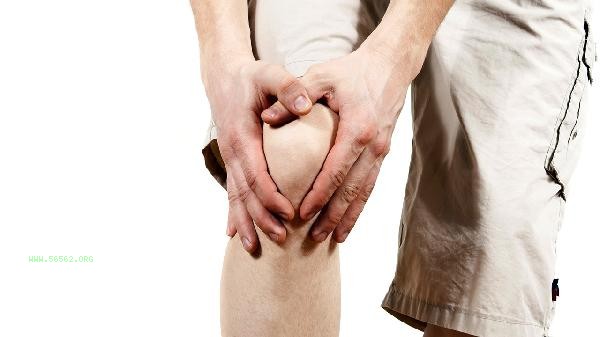

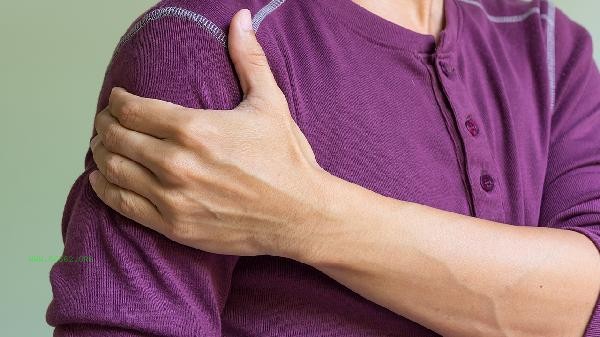


Comments (0)
Leave a Comment
No comments yet
Be the first to share your thoughts!